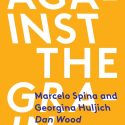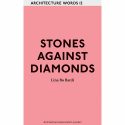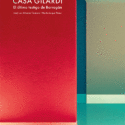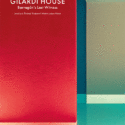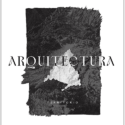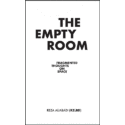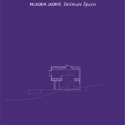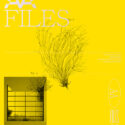Against the Grain
Louis I. Kahn Visiting Assistant Professorship series Marcelo Spina, Georgina Huljich, Dan Wood, Lisa Gray, Alan Organschi
Against the Grain, features the work of three studios of the Louis I. Kahn Visiting Assistant Professors at Yale. Marcelo Spina and Georgina Huljich in Brutal Beauty: Piles, Monoliths and the Incongruous Whole explored ways to make mute icons through monolithic form so that the buildings were foreign to their context and difficult to read formally for a film center in Los Angeles. Dan Wood in Boulevard Triumphant: ecological infrastructure, architecture, modernization, and the image of the city a studio for a civic center in Gabon that challenged the architectural language in Africa beyond the clich's and nostalgia to create an architecture that embodied a new ambition. Lisa Gray and Alan Organschi in 'Timber Innovation District: new timber technologies and contemporary high performance wood architecture researched wood as a material for larger-scale projects for a site on New Haven's working waterfront, with projects ranging from bridges to manufacturing facilities and multi-family housing. Edited by Jackie Kow and Nina Rappaport the book is designed by MGMT.design and is distributed by Actar D.

